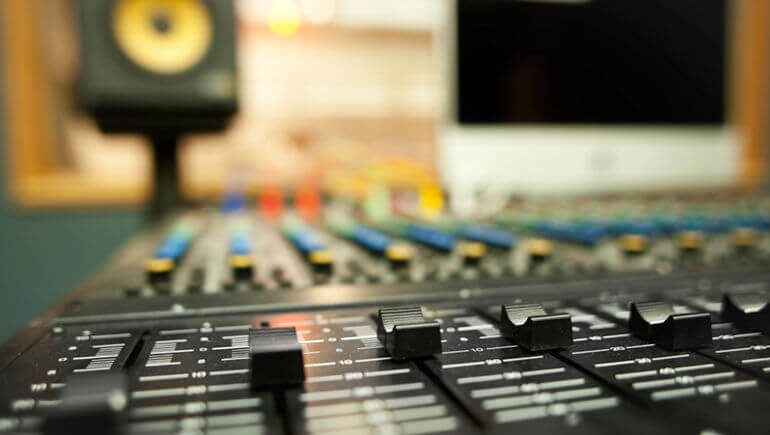In this article, we’ll have a look at the fundamentals of mixing your drumbeat.
Mixing your drumbeat
The drums type the base of your whole observe and apart from the vocals, they’re the most important part of your mix—so mixing the drumbeat properly is tremendously vital.
Separate your mixer tracks
Chances are strong that you may need to write your drum part into one track—possibly utilizing a drum rack, drum sequencer, or the piano roll.
That’s nice for writing your elements, however, if you wish to get the drums sounding nice you’ll have to spend some time focussing on every part of the equipment.
The 808s, kicks, snares, hats, claps, and no matter else you’re utilizing in your drum tracks all have distinctly different frequencies, timbres and can want different concerns.
So the first step is to separate your drums into different tracks—one for every part of the equipment.
Group the drum tracks right into a drum bus
In fact, you’ll additionally need to have a track that encompasses your entire drum track—that’s where the drum bus comes in.
A drum bus is a track where you send all of the audio from every drum track into one unified track where you may solo and listen to your entire drum mix.
Having a drum bus is essential for placing touches of EQ, compression, saturation, reverb, and no matter what else you need to have on the final drum sound.
Set ranges and panning for every track
Before you begin playing with things like EQ, compression, filters, or effects—ensure you’re pleased with the levels and panning of every track.
It’s a very simple course of, however, it’s one thing folks look over and even skip altogether.
One thing is as simple as toggling the volume to search out the best ratio of sound between your kicks and 808s, or your hi-hat and snare will go a long way.
It’s tremendously vital to guarantee that all the personal parts leave enough headroom for mastering, in a while, so beginning with a fast level check before diving in is very necessary.
Panning the drums makes the drums feel extra real, like your within the room with the drummer. Plus, it leaves extra space for other devices to occupy different elements of the stereo field.
Typical panning formats for drums have snare left, toms center and right, the crash left, and trip right. Maintain the kick on the center to maintain its effect.
In fact, it’s up to you to experiment—you may even experiment with automation on panning ranges to get extra movement to create a swirling impact if you’d like!
Add the proper effects for the proper instrument
When mixing a drum beat, there are lots to consider.
You’ll want compression to tighten up the drums, a sidechain to create a ducking effect, EQ to blend samples, filters to roll-off low-end from the snares and hats, saturation to thicken your 808s, stereo widening, effects like reverb and delay, and extra.
If you need to make things easy, search for plugins that come with specially designed presets for particular duties like fattening an 808, EQing snares, and hats, widening the general sound.
Be careful with the snare drum vs. the vocals and melodic parts
One area to be careful for is the snare drum and claps as they tend to conflict with melodies and vocals—particularly rap vocals.
That’s as a result of they occupy very comparable elements of the frequency spectrum.
So pay attention to how the snare drum sounds and be able to make subtle drum EQ changes away from downside areas.
You might even need to take a look at your snare drum towards a rap acapella to ensure it sounds good within the mix.

